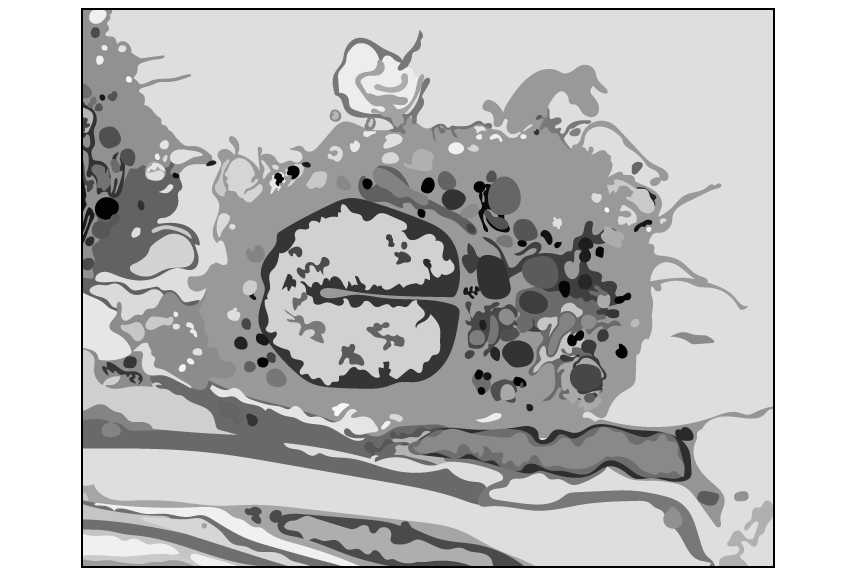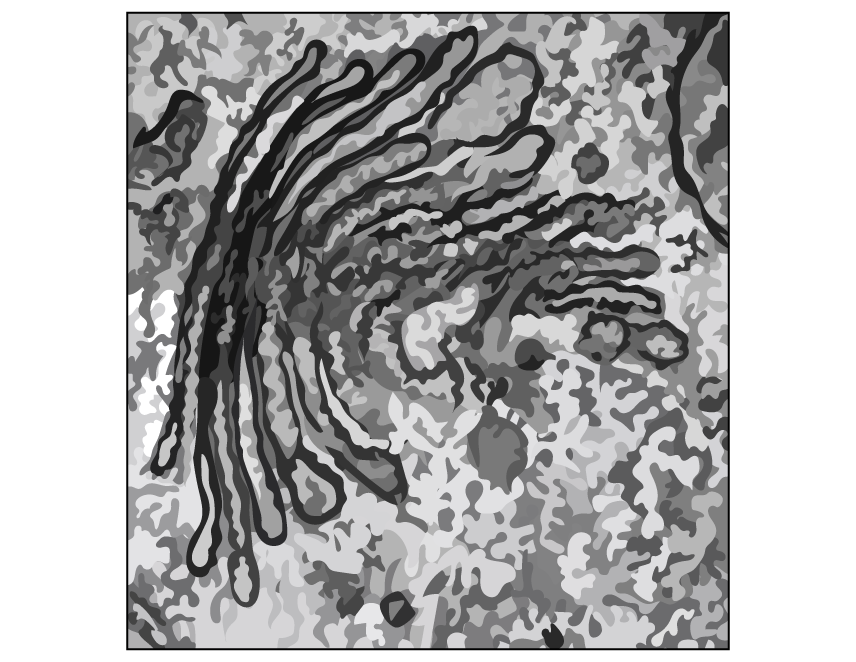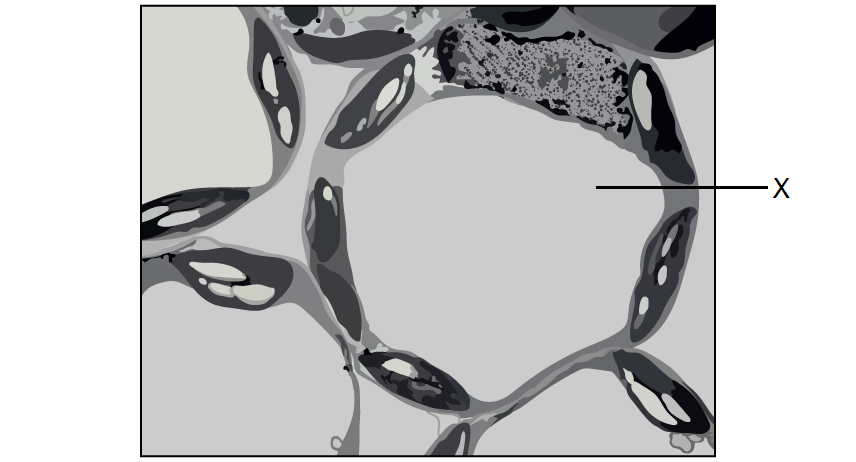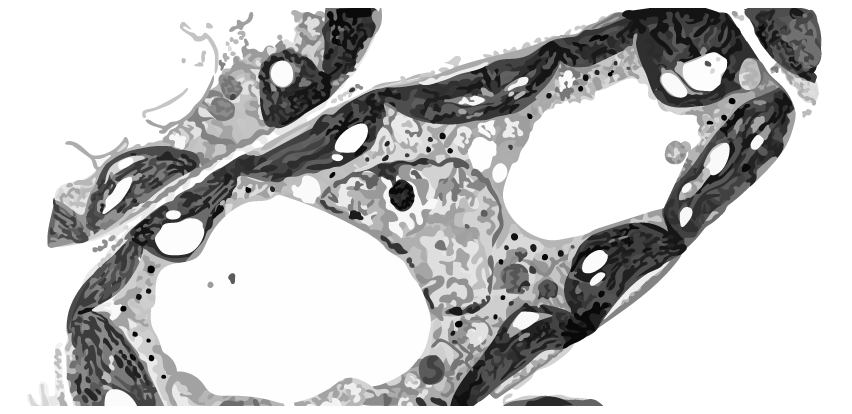a)
The diagram below shows a magnified view of a cell.
List the names of the structures L and N .
[2 marks]
Assess your score
View Answer
b)
Another structure that would likely be present in the cell seen in part (a) is the golgi apparatus.
State the function of the golgi apparatus.
[1 mark]
Assess your score
View Answer
c)
State which type of cell (prokaryotic or eukaryotic) is featured in part (a).
[1 mark]
Assess your score
View Answer
d)
Scientists have established a theory that explains the origin of eukaryotic cells.
State the name of this theory.
[1 mark]
Assess your score
View Answer
Next Question
a)
The image below is of pollen grains taken under a light microscope.
[Source: By Ergriffi - Edit of File:Pollen grains on the surface of a stigma(Primula vulgaris).jpg, https://commons.wikimedia.org/wiki/File:Pollen_grains_on_the_surface_of_a_stigma(Primula_vulgaris).jpg]
State which type of microscope would enable scientists to examine the pollen grains in more detail.
[1 mark]
Assess your score
View Answer
b)
List two advantages of the electron microscope.
[2 marks]
Assess your score
View Answer
c)
List three differences between prokaryotic and eukaryotic cells.
[3 marks]
Assess your score
View Answer
State the name of the type of asexual reproduction that the prokaryotic cell in the diagram below is undergoing.
[1 mark]
Assess your score
View Answer
Previous Question Next Question
a)
The first cells on Earth are thought to have arisen from non-living materials.
List four processes that scientists believe were required for the first cells to be formed.
[4 marks]
Assess your score
View Answer
b)
The improvements in scientific apparatus has led to developments in scientific research, including having a better understanding of the ultrastructure of cells.
State the piece of apparatus that enabled scientists to examine the ultrastructure of cells.
[1 mark]
Assess your score
View Answer
c)
List two structures found in both prokaryotic and eukaryotic cells.
[2 marks]
Assess your score
View Answer
Previous Question Next Question
a)
Outline, with a reason, the function of the specialised cell shown below.
[3 marks]
Assess your score
View Answer
b)
State which cell structure is shown below.
[1 mark]
Assess your score
View Answer
c)
State the name the structure labelled X .
[1 mark]
Assess your score
View Answer
Previous Question Next Question
One mark is available for clarity of communication throughout this question.
a)
The diagram below shows an electron micrograph of a palisade mesophyll cell.
Draw a labelled diagram of this cell.
[5 marks]
Assess your score
View Answer
b)
Outline the evidence scientists have provided to explain the origin of eukaryotic cells.
[4 marks]
Assess your score
View Answer
c)
Outline the experiment used by Pasteur to demonstrate cells only come from pre-existing cells.
[6 marks]
Assess your score
View Answer
Previous Question






